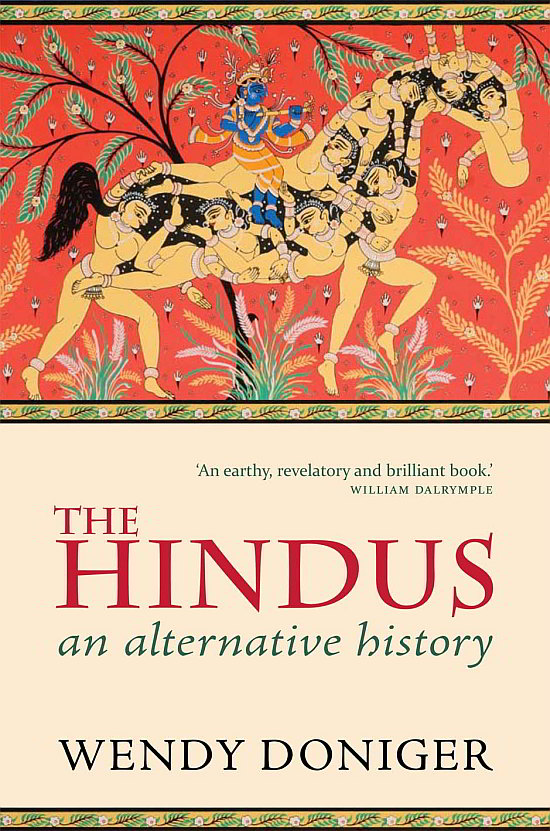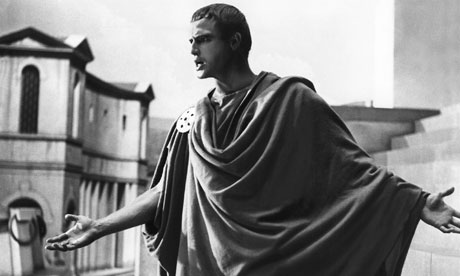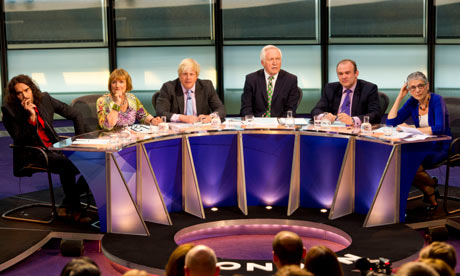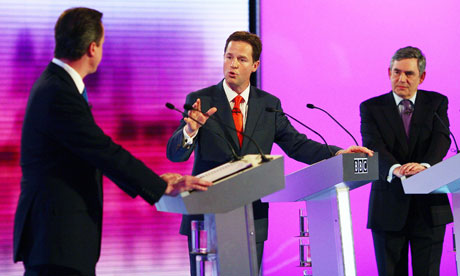Beginning a post with that question naturally implies there is now going to be some kind of an answer. Well, there won't be one here, beyond the obvious, and that is that time will stop him, as time stops them all. He bowls with the ghosts of Larwood and Thommo and Holding and all of the other terrors behind him. (My own personal nightmare? Sylvester Clarke, the brooding Grendel of The Oval, who would come and knock on the hotel room doors of opposing batsmen to let them know exactly what he was about to do.) Johnson has, in a few short months, entered the realm of men who have exerted a strange psychological dominance with the overwhelming pace of their bowling.
As the Cricket Australia Twitter account reported a little too gleefully - Ryan McLaren will miss the second Test with Johnson-induced concussion. There is also a run of luck that feels familiar: Dale Steyn stricken with food poisoning, Morne Morkel falling on his shoulder, and other phenomena not directly connected to Mitch but part of a general entropic slide. Just as England had players central to their strategy reaching the end of the road, so South Africa are absorbing the loss of Jacques Kallis: it's hard to think of a single player more difficult to replace. The captains of both teams happen to be left-hand openers, and Mitch is regularly decapitating both.
At the heart of all of this, as many have observed, is Johnson's pure and thrilling speed, channelled now into short and violent spells in which he bowls either full or short. This is the game reduced to its chilling basics. And yet there is mystery here too, and while unravelling it offers no answer to stopping Johnson, it may explain a little further what is causing such devastation.
The speed gun says that Johnson is bowling at speeds of up to 150kph, areas that other bowlers have touched. Because of the way in which speed guns work, deliveries of the sort that skulled Hashim Amla and Ryan McLaren registered more slowly due to where they pitched. (I'm sure that was great consolation to both players as the ball thudded into their heads.)
However, as the great Bob Woolmer revealed in his book The Art And Science Of Cricket, the nature of speed is not absolute because it is relative in the eyes of the batsman facing it. His research showed that the very best players - those who are euphemistically referred to as "seeing the ball early" - are actually reacting to a series of visual clues offered by the bowler in the moments before release.
Players who have faced Johnson speak of the sensation of the ball appearing "late" in his action, as his arm swings from behind his body. This is perhaps a combination of a couple of factors: the "clues" that Johnson offers in his run-up and delivery stride might be slightly less obvious than in other bowlers, and that his already ferocious pace is magnified by the extra micro-seconds that a batsman takes to pick the line and length of the ball (all the more impressive given that Johnson essentially only offers two lengths, and little variation on his themes).
Thus, with Mitch, the flexible nature of speed perception is working in his favour. Only the truly blessed - AB de Villiers, Kevin Pietersen et al - can play him with a little more certainty.
Pietersen was moved to tweet last week about the huge difference between 140kph and 150, just as his near-namesake Alviro was dismissed with a waft to the keeper. He said that you can "instinctively" play the wrong shot in those circumstances. What he was driving at was that Johnson offers no time for anything other than instinct, no margin to correct that first thought.
This is theory, of course. What can't be conveyed as easily is the psychological pressure that speed exerts. Players are wobbling to the crease with their minds consumed by thoughts of what he can do, and it becomes a self-fulfilling prophecy. South Africa are on a slide that will take tremendous resolution, as well as skill, to stop. In Smith they have one of Test cricket's most redoubtable men, and in de Villiers and Amla two of the most sublimely talented. It is absolutely fascinating to watch, and Mitch has done the game a great service in his phoenix-from-the-flames revival. This is cricket at its sharpest physical and psychological point.






